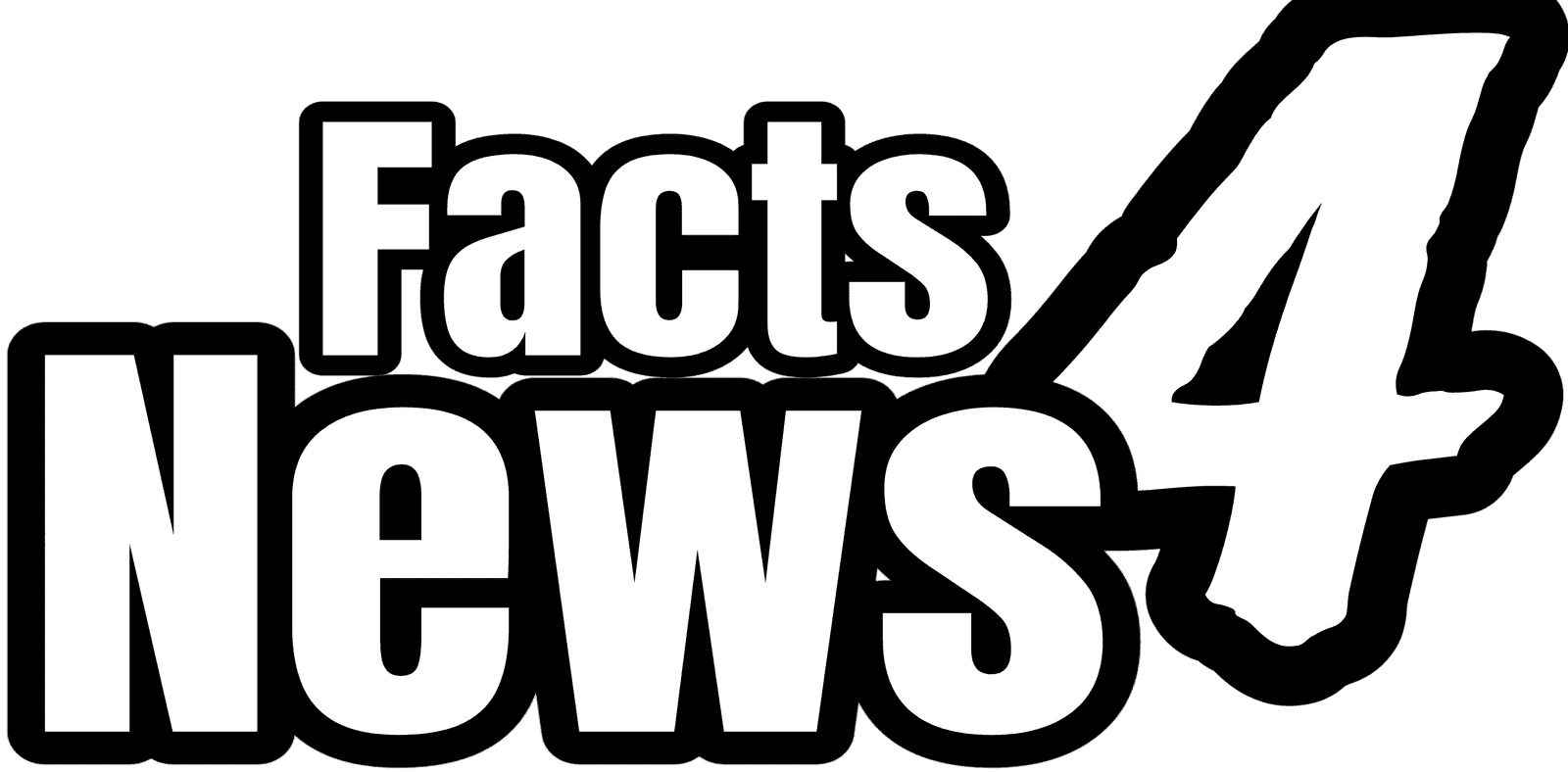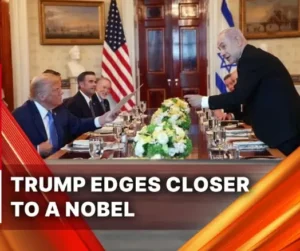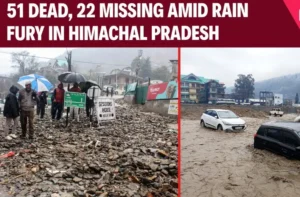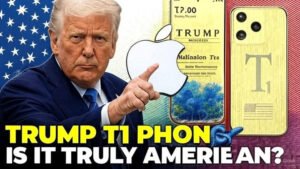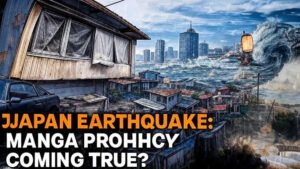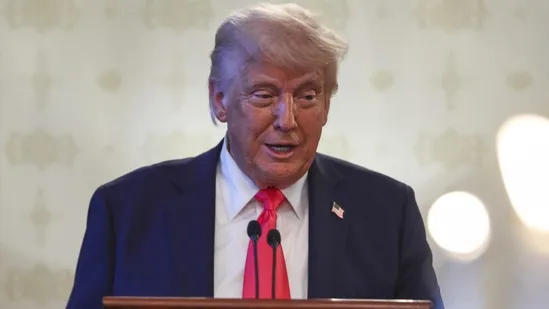U.S. President Donald Trump has publicly expressed optimism that Russia and Ukraine could reach a peace agreement “as early as this week,” signaling a potential breakthrough in the conflict that has gripped Eastern Europe since 2022. Posting on his Truth Social platform, Trump stated, “Hopefully Russia and Ukraine will make a deal this week. Both will then start to do big business with the United States of America, which is thriving, and make a big fortune!” However, he did not provide specific details on the status of the negotiations or the terms under discussion.
U.S. Patience Wears Thin: Rubio Issues Ultimatum
Trump’s remarks come amid growing impatience within the White House. Secretary of State Marco Rubio warned that the U.S. could soon abandon its mediation efforts if there is no significant progress. “We need to figure out here now within a matter of days whether this is doable in the short term, because if it’s not, then I think we’re just going to move on,” Rubio stated after high-level talks with European and Ukrainian leaders in Paris. He emphasized that the U.S. would not continue the effort “for weeks and months on end” and that a decision on whether to proceed must be made swiftly.
Proposed Peace Framework and Sticking Points
According to reports, a draft peace framework has been informally shared with European and Ukrainian officials. The proposed deal reportedly includes an immediate ceasefire and, controversially, a willingness by Washington to recognize Russia’s control over Crimea, which was annexed in 2014 and remains internationally disputed. Moscow, however, has demanded that Kyiv halt military mobilization and Western arms supplies—conditions Ukraine rejects outright.
Negotiations have involved multiple rounds of talks in Saudi Arabia and at least three meetings between Trump’s special envoy Steve Witkoff and Russian President Vladimir Putin. Despite these efforts, Russia has so far refused a comprehensive ceasefire, and the two sides remain divided on key issues such as territorial control and future security guarantees.
Easter Ceasefire: Symbolism and Skepticism
The diplomatic push coincided with Russian President Vladimir Putin’s announcement of a unilateral Easter ceasefire, which he described as a humanitarian gesture. However, Ukrainian officials, including President Volodymyr Zelenskyy, accused Russia of violating the truce almost immediately, casting doubt on Moscow’s commitment to a genuine cessation of hostilities. Zelenskyy called for a 30-day truce, aligning with a U.S.-led proposal, but Russia has so far refused to extend the ceasefire beyond the Easter period.
Domestic and International Reactions
Trump’s approach marks a shift from his earlier campaign rhetoric, where he claimed he could end the war “within 24 hours” of taking office. As the realities of international diplomacy set in, both Trump and his administration have adopted a more cautious, results-oriented stance. This has drawn criticism from some quarters, while others see it as a pragmatic response to the complexities of the conflict.
European leaders have played a central role in the negotiations, particularly regarding sanctions on Russia, which are seen as a key lever in any potential settlement. The Kremlin has acknowledged some progress but insists that its core interests must be protected, including retaining control over occupied Ukrainian territories and limiting Ukraine’s military capabilities.
What’s Next?
The next round of talks is scheduled to take place in London this week, with U.S., European, and Ukrainian representatives expected to attend. Whether these discussions can bridge the remaining gaps is uncertain. The Trump administration has made it clear: if a deal is within reach, the U.S. will support it; if not, it is prepared to “move on” and focus on other priorities.
